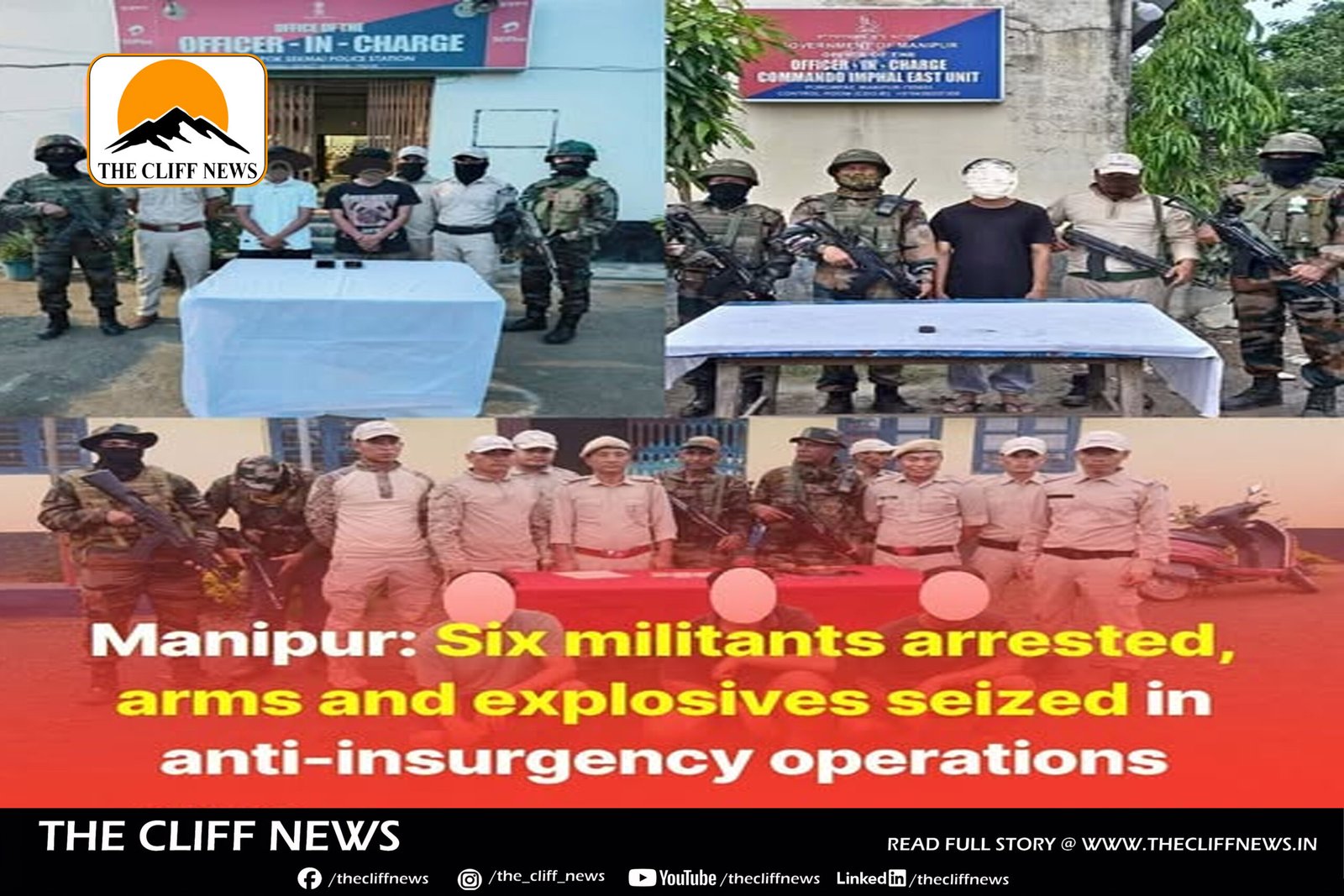The Mumbai Police have uncovered key evidence linking Mohammed Shariful Islam, alias Vijay Das, to the January 16 attack on Bollywood actor Saif Ali Khan during a failed robbery attempt at his Bandra residence.
Fingerprints as Crucial Evidence
Police officials revealed that 19 fingerprints belonging to Islam, a Bangladeshi national, were lifted from various locations at the crime scene. These include the bathroom window he used for entry and exit, the duct shaft, and the ladder employed to access the building.
While the fingerprint samples did not match any entries in state or national databases, investigators suspected the involvement of a foreign national, considering the lack of records and the common issue of illegal border crossings from Bangladesh.
Sequence of Events and Arrest
Following the attack, Islam fled Saif Ali Khan’s 11th-floor apartment in the Satguru Sharan building on St. Theresa Road, Bandra West. The police meticulously tracked his movements using CCTV footage:
- Bandra Station: Islam boarded a train to Dadar.
- Dadar to Worli: He was next spotted purchasing parathas and water at a food stall.
- Thane Labour Camp: A UPI transaction at the stall provided the lead that helped track him to a labour camp near Ghodbunder.
Further investigation revealed his association with Jitendra Pandey, a contractor who had been seen with Islam on CCTV in Andheri. Pandey provided critical details, helping authorities narrow their search to Thane.
After an extensive manhunt involving over 100 personnel from Mumbai Police, the Crime Branch, and Thane Police, Islam was found hiding in mangrove bushes.
Investigation and Court Proceedings
Islam, who has confessed to the crime, is in police custody and has been remanded for five days. Authorities plan to recreate the crime at Saif Ali Khan’s residence to gather additional evidence and verify his account of events.
This case highlights the crucial role of forensic evidence, CCTV surveillance, and technological tools in solving complex crimes.



